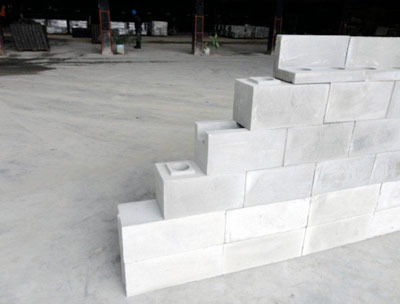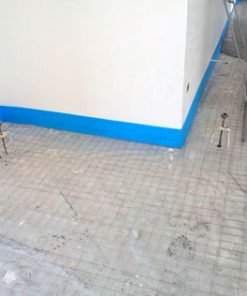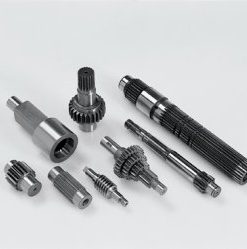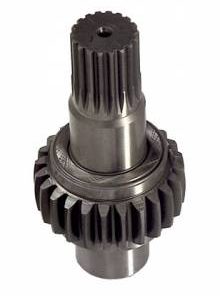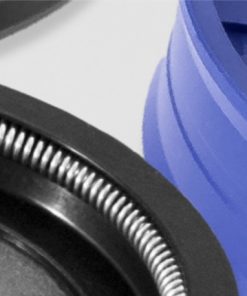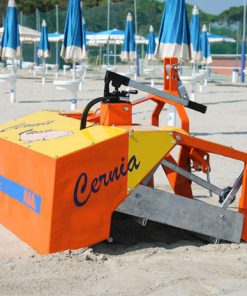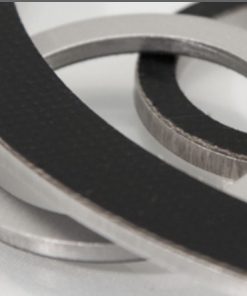Descrizione
Isoltech’s 3C blocks: for a faster, cleaner and more precise assembly.
Once the first line of blocks is levelled, they can be mounted dry, with no need for any further system to keep the wall plumb: this job is done by the MF (male/female) joint of 3C blocks, offering many advantages:
1) lower use of plaster, as blocks are perfectly aligned and no surface corrections are needed;
2) lower use of glues (which are only needed on the vertical faces of blocks);
3) extraordinary savings on skilled labour and of course time;
4) no need for bearing pillars (in buildings up to 3 floors);
5) the male-female shape (of “MF” blocks) allows the mounting of dry walls. And after, a liquid mortar with sand and cement is poured into the columns made by the vertical holes of overlapping blocks. Inserting iron reinforcement bars (with “U”-blocks) allows the building of anti-seismic walls; also, slabs can be reinforced (with “L”-blocks) thanks to the special joint of these blocks for spandrel beams.
6) blocks can be easily cut with a conventional saw;
7) there are also the following special pieces: Raceway block for vaults – Perforated blocks for vertical structures.
The different components of the Isoltech system and the housings for iron reinforcement bars, both vertical and horizontal.
In the tests performed at the University of Bergamo, Isoltech blocks exceeded expectations.
3C blocks have Continuous Cylindrical Cavities and this feature gives them particular anti-seismic properties.
Thanks to these cavities (and to U-blocks with a duct for horizontal reinforcement bars, see pictures 2 and 3), the whole structure of the walls can be reinforced with iron both horizontally and vertically. Also, as the mechanical resistance of the reinforced wall relies on these cylindrical columns filled with iron and mortar, the density of blocks made of non-autoclaved cellular concrete can be very low, which gives a high heat insulation value and at the same time reduces the weight of the bearing structure.
Just to give an example, in the test with a wall of blocks with a density of 800 kg/m3 and 1200 kg/m3, the drift was increased from 0.5‰ to 4‰, the target value of the earthquake intensity. Then it was further increased up to 12.5‰, a much higher value than the initial target. The anti-seismic behavior of blocks in scientific tests proved excellent and was better than that of conventional materials.
![]()

